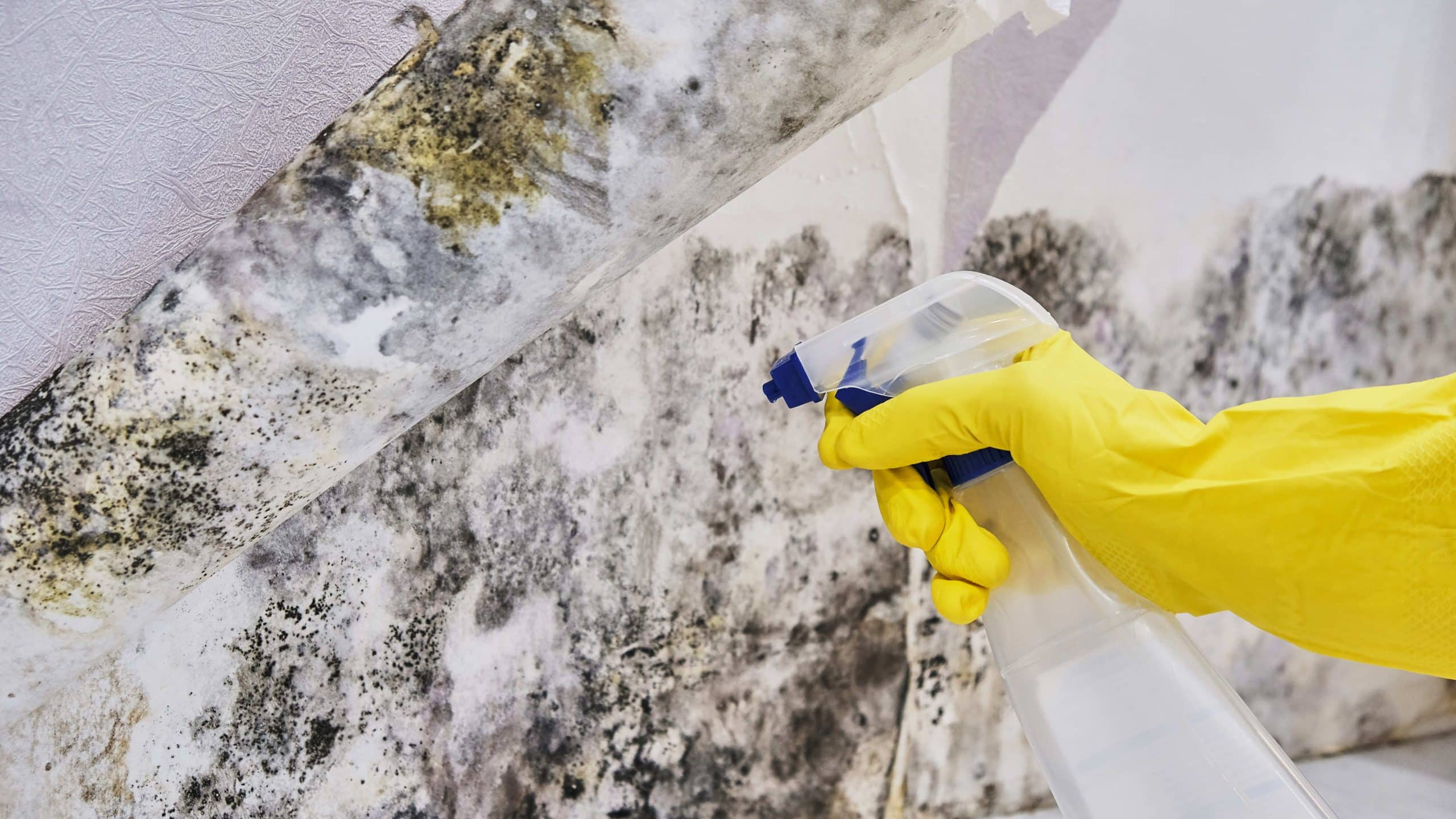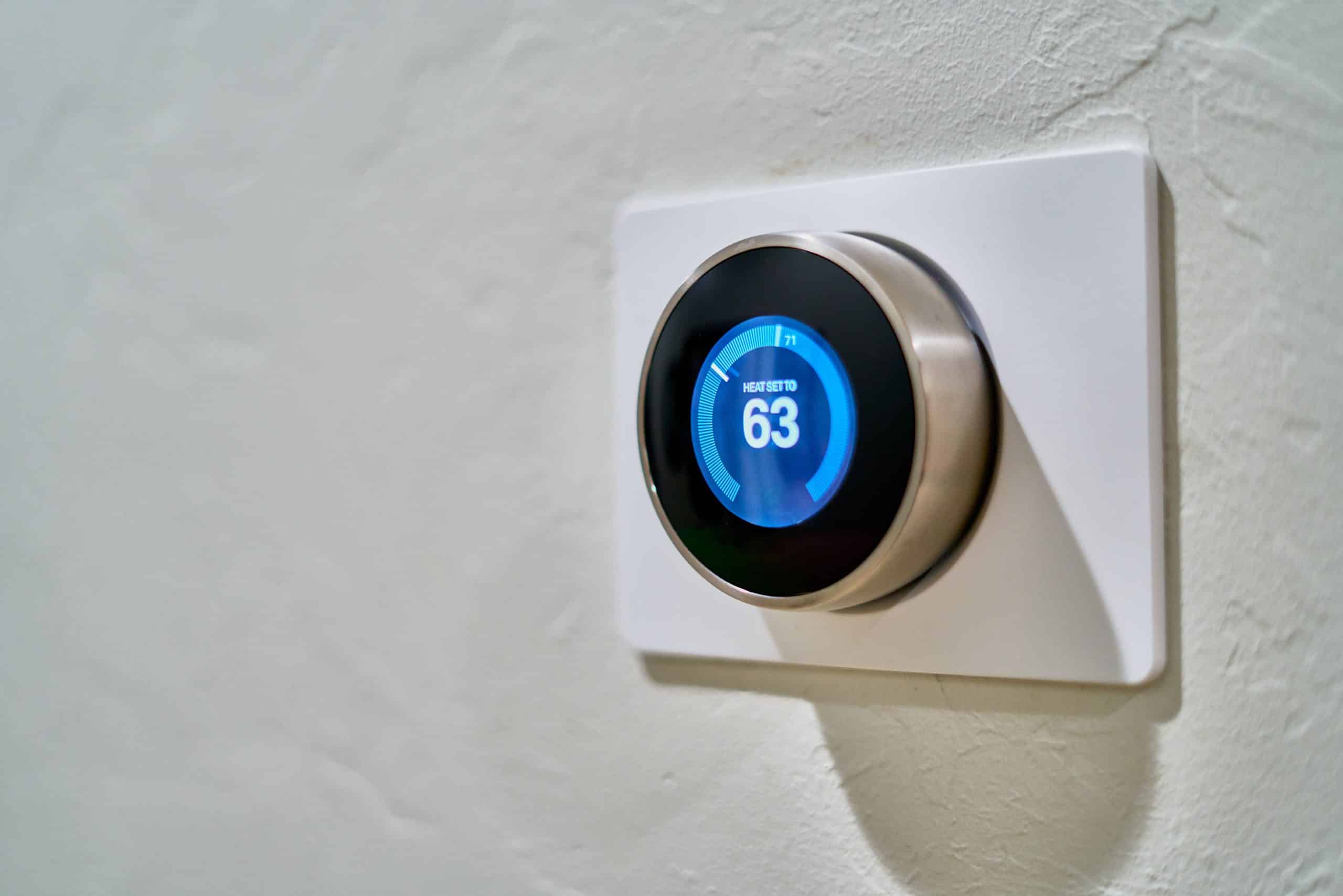
As a homeowner, the last thing you want to hear from a professional is “We’ve detected mold.” But the good news is that mold is preventable, and if you do succumb to a problem, there are many ways to remedy the situation.
Some people may assume that mold is normal when you live in Florida but the truth is, mold is not something that people should have to deal with inside their home. Mold can become hazardous to your health, depreciate the value of your home, and cause damage that is very expensive to repair.
Read on for an overview of what exactly mold is, signs of mold in your home, and what you can do to help if you suspect mold has infiltrated your living space.
Mold is a type of fungus that thrives and spreads on porous surfaces. It can be indoors or outdoors, but is typically associated with wet or damp areas. For example, you may see more mold growth in bathrooms and under sinks than in living rooms, but mold doesn’t discriminate. Where there is water (like an unseen leak) mold can grow.
There are many different types of mold. Some are harmless, and others can be toxic. There is no way to know which type of mold is taking over your home without the help of a professional.
Many people believe that mold that is black in color is toxic, but this is a myth. Conversely, mold being a different color does not mean it is harmless.

As we mentioned earlier, mold is typically found when there are damp or wet areas in a home. Unfortunately, some of these areas are hidden and can only be found by a professional or by looking for certain symptoms.
Here are some common causes of mold in a home.
Once it has begun to grow, a mold colony will continue as long as the conditions are right. Fortunately, there are a few ways you can detect mold.
There are a few ways that you can test your home for mold.
One is the DIY method that involves visual inspection and a bleach test. If you see black spots near a water source, dab it with a small bleach solution. If it lightens but continues to come back, it’s almost certain to be mold. You can also purchase mold testing kits like this one.
Another way is to hire a professional. They have the tools, knowledge, and experience to tackle a mold problem swiftly and efficiently. That way when they’re done, your mold problem won’t bother you again. And if they tell you that mold remediation is required, it’s best to listen before the problem gets worse.

There are a variety of different ways to prevent mold in your home. Mold remediation takes about a week, so prevention is vital. The best way is to keep the humidity in your home controlled. This is possible by running your AC or buying a dehumidifier. The recommendation is to keep the humidity below 50% at all times.
Fixing any leaks around your home is also very helpful in preventing mold. There can be leaking from pipes, the roof, or faucets.
Using over-the-counter mold prevention products (like sprays) can be effective at preventing mold, but remember, they won’t rid your surfaces of mold once they’re already there.
Mold can be dangerous to your health, damage your property, and a nuisance to deal with. Luckily, it doesn’t have to be. Detecting mold when it’s in the early stages and recognizing how and why it happens is the first step to getting ahead of the problem.
With many methods of prevention at your fingertips, plus professionals who are experts, mold problems are easily taken care of.
If you suspect that you have a mold problem, or have questions about mold in general, don’t hesitate to give us a call. We’d be happy to answer any questions or inspect your home for mold.
Leave a Reply